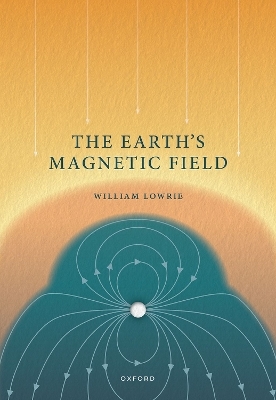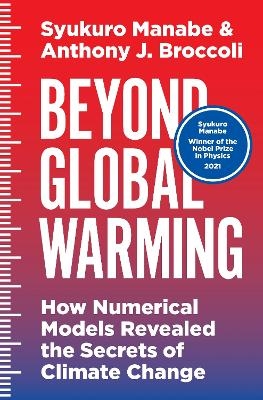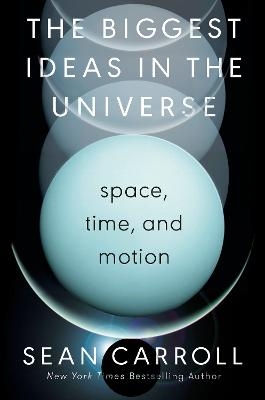
Space Weather & Telecommunications
Springer-Verlag New York Inc.
978-0-387-23670-4 (ISBN)
Space weather has an enormous influence on modern telecommunication systems even though we may not always appreciate it. We shall endeavor throughout this monograph to expose the relationships between space weather factors and the performance (or lack thereof) of telecommunication, navigation, and surveillance systems. Space weather is a rather new term, having found an oMicial expression as the result of several government initiatives that use the term in the title of programs. But it is the logical consequence of the realization that space also has weather, just as the lower atmosphere has weather. While the weather in space will influence space systems that operate in that special environment, it is also true that space weather will influence systems that we understand and use here on terra firma. This brings space weather home as it were. It is not some abstract topic of interest to scientists alone; it is a topic of concern to all of us. I hope to make this clear as the book unfolds. Why have I written this book? First of all, I love the topic. While at the Naval Research Laboratory (NRL), I had the opportunity to do research on many topics including: Thomson scatter radar and satellite beacon studies of the ionosphere, utilization of the NASA Gemini platform for ionospheric investigations, microwave radar propagation studies, I-IF signal intercept and direction-finding experiments, and multi-disciplinary studies of certain physical phenomena relevant to weapon systems development.
John Goodman received his BS in Nuclear Engineering from N.C. State University in 1960 and his PhD in Physics from Catholic University of America in 1970. He has 44 years of government and industry experience in the RDT&E associated with radio and radar systems with emphasis on those categories that are influenced by the ionosphere. Specialties have included SATCOM and HF system impairment studies and the development of real-time-channel evaluation subsystems. He was with the Naval Research Laboratory from 1960-1991, and served a brief stint as Principal Scientific Consultant for Radio Communications at the SHAPE Technical Center at The Hague in the mid-80s. He was Program Manager for Radio Communications Technology at SRI International from 1991-1994, and he was Vice President for Applied Technology at TCI/BR Communications, headquartered in Sunnyvale California between 1994 and 1998. He is currently Vice President and Chief Technical Officer for Radio Propagation Services, Inc. (RPSI). Dr. Goodman has numerous publications, and he has been the Guest Editor for Special Issues of Radio Science issues on several occasions. He has organized a number of topical conferences, most notably the series of IES conferences held every three years since 1975. He is also author of the text: HF Communications: Science & Technology published by Van Nostrand Reinhold [1992], and a Chapter on "Meteor Burst Communications" in the Encyclopedia of Telecommunications published by Marcel Dekker. [1995]. He has been a guest author of an article entitled "Characteristics of the Ionosphere" appearing in the Wiley Encyclopedia of Electrical and Electronics Engineering [2002]. Dr. Goodman has lectured on a variety of space science issues, and has conducted specialized training courses under the aegis of the George Washington University. Early in his career at NRL, Dr. Goodman was involved in radar investigations of the atmosphere and relevant space objects. He developed aninterest in space science, and began measurement of the ionospheric electron content using Faraday rotation of lunar echoes. He conducted studies of the ionosphere using incoherent scatter radar technology, eventually using this topic as inspiration for his PhD dissertation. He was one of the first investigators to observe positive phase excursions in TEC associated with geomagnetic storms. He was the Principal Investigator for GEMINI Experiment D14 designed to investigate ionospheric inhomogeneities, at a time when such measurements were either sparse or nonexistent. He also investigated UHF and L-Band scintillation phenomena associated with the Timation Satellite, an early prototype of the NAVSTAR/GPS system. He managed a team responsible for recovery and dissemination of SOLRAD 11A/B data, and. and he was the originator of a well-known method for updating climatological models based upon pseudo-sunspot numbers derived from sounders. Dr Goodman continued these model update studies at SRI
The Origins of Space Weather.- The Ionosphere.- Telecommunication Systems.- Prediction Services and Systems.- Research Activities and Programs.- Epilogue.
| Reihe/Serie | The Springer International Series in Engineering and Computer Science ; 782 |
|---|---|
| Zusatzinfo | XX, 382 p. |
| Verlagsort | New York, NY |
| Sprache | englisch |
| Maße | 156 x 234 mm |
| Themenwelt | Naturwissenschaften ► Geowissenschaften ► Geophysik |
| Naturwissenschaften ► Physik / Astronomie ► Angewandte Physik | |
| Naturwissenschaften ► Physik / Astronomie ► Astronomie / Astrophysik | |
| Technik ► Luft- / Raumfahrttechnik | |
| Technik ► Nachrichtentechnik | |
| ISBN-10 | 0-387-23670-8 / 0387236708 |
| ISBN-13 | 978-0-387-23670-4 / 9780387236704 |
| Zustand | Neuware |
| Informationen gemäß Produktsicherheitsverordnung (GPSR) | |
| Haben Sie eine Frage zum Produkt? |
aus dem Bereich


